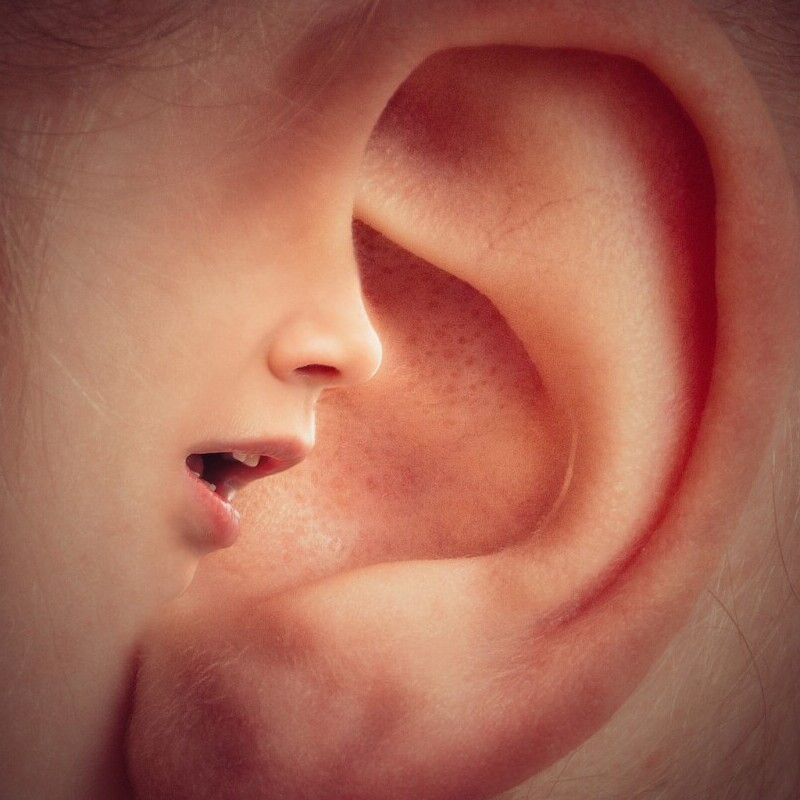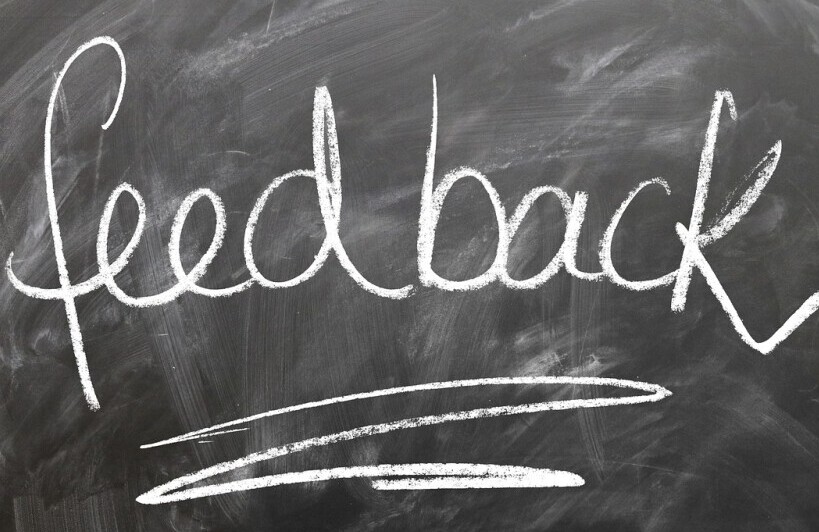 Effective communication in the workplace is way more than just talking and typing. It’s all about ensuring that the message gets delivered the way it was intended. When communication flows smoothly, the whole team benefits. So, let’s break down the essentials.
Effective communication in the workplace is way more than just talking and typing. It’s all about ensuring that the message gets delivered the way it was intended. When communication flows smoothly, the whole team benefits. So, let’s break down the essentials.
Communication comes in various forms: verbal, non-verbal, written, and visual. Verbal communication is what we’re most familiar with—talking and listening. Non-verbal communication includes body language, facial expressions, and gestures. Written communication covers emails, reports, and text messages, while visual communication relies on imagery, charts, and graphs.
However, even with all these channels, miscommunication happens all the time. Common barriers include language differences, cultural misunderstandings, and personal biases. By being aware of these hurdles, we can take steps to bridge these gaps. For instance, using simple language and asking clarifying questions can work wonders.
 One of the unsung heroes of good communication is active listening. It’s more than just hearing words; it’s fully understanding the speaker’s message. This means paying attention, nodding when appropriate, and giving feedback like ‘I see what you mean’ or ‘Can you tell me more about that?’ Active listening shows respect and fosters trust.
One of the unsung heroes of good communication is active listening. It’s more than just hearing words; it’s fully understanding the speaker’s message. This means paying attention, nodding when appropriate, and giving feedback like ‘I see what you mean’ or ‘Can you tell me more about that?’ Active listening shows respect and fosters trust.
In essence, understanding the basics of communication sets the stage for everything else. It’s the foundation upon which all other skills can be built. So, let’s set ourselves up for success by mastering these fundamentals.
Mastering the Art of Verbal Communication
 Verbal communication isn’t just about the words we say but also how we say them. Clarity and conciseness are vital. Rambling or using jargon can confuse your listeners. Aim for straightforward, plain language whenever possible. This keeps everyone on the same page and minimizes misunderstandings.
Verbal communication isn’t just about the words we say but also how we say them. Clarity and conciseness are vital. Rambling or using jargon can confuse your listeners. Aim for straightforward, plain language whenever possible. This keeps everyone on the same page and minimizes misunderstandings.
Tone of voice and body language carry a lot more weight than we often realize. A calm, confident tone can diffuse tension, while an aggressive tone can escalate conflicts. It’s like seasoning a dish; the right amount enhances flavor, but too much can ruin it. Similarly, maintaining eye contact, nodding, and keeping an open posture can show that you’re engaged and receptive.
 Feedback—both giving and receiving—is a crucial part of verbal communication. Constructive feedback helps improve performance and build stronger relationships. When giving feedback, focus on the issue, not the person. Phrases like ‘I noticed…’ or ‘Can we work on…?’ are effective ways to address concerns without making it personal.
Feedback—both giving and receiving—is a crucial part of verbal communication. Constructive feedback helps improve performance and build stronger relationships. When giving feedback, focus on the issue, not the person. Phrases like ‘I noticed…’ or ‘Can we work on…?’ are effective ways to address concerns without making it personal.
Handling difficult conversations is another key aspect of mastering verbal communication. Whether it’s a performance review or a conflict resolution, preparation is key. Know your points ahead of time and be ready to listen to the other person’s perspective. Staying calm and composed helps navigate these tough talks more smoothly.
Enhancing Written and Digital Communication Skills
Writing clear and professional emails is an art that can make a big difference in how your message is received. Start with a concise subject line that outlines the purpose of your email. Then, get straight to the point in the body of the email. Use bullet points or numbered lists for clarity when covering multiple points.
Clarity and brevity are king in written communication. Avoid long-winded sentences and complex words. The goal is to make your message easy to understand at a glance. Remember, your reader’s time is valuable. Being direct and to the point shows respect for their time.
With remote work on the rise, mastering digital communication tools like Slack or Microsoft Teams is critical. Each platform has its own set of best practices. For instance, use channels appropriately to keep conversations organized, and take advantage of threads to avoid cluttering the main discussion space.
Professionalism extends to digital communication, especially in virtual meetings. Mute your mic when not speaking to minimize background noise. Dress appropriately if you’re on video. Be mindful of your surroundings to present a professional virtual presence.
Fostering a Culture of Open Communication
Creating an environment where open communication is the norm starts with building trust among team members. Encouraging transparency and honesty ensures that everyone feels comfortable sharing ideas and feedback. Trust is built through consistent actions like following through on promises and showing genuine interest in team members’ thoughts.
Leadership plays a crucial role in promoting effective communication. Leaders should model the behavior they wish to see. This means being open to feedback, admitting mistakes, and showing empathy. When leaders demonstrate these qualities, it sets a tone that trickles down through the entire organization.
Encouraging team collaboration and idea sharing boosts creativity and problem-solving. Regular team meetings where everyone has a chance to speak can foster this open exchange of ideas. Collaborative tools and platforms can also make it easier for team members to communicate and share their work.
Continuous improvement is key. Offering training and development opportunities focused on communication skills can help team members grow. Workshops, webinars, and coaching sessions can provide practical tools and techniques to enhance communication at all levels of the organization.
Promoting open communication isn’t a one-time effort—it’s an ongoing commitment. By nurturing a culture where everyone feels heard and valued, organizations can achieve greater teamwork, innovation, and overall success.
Click on the above link to see an exciting opportunity!
